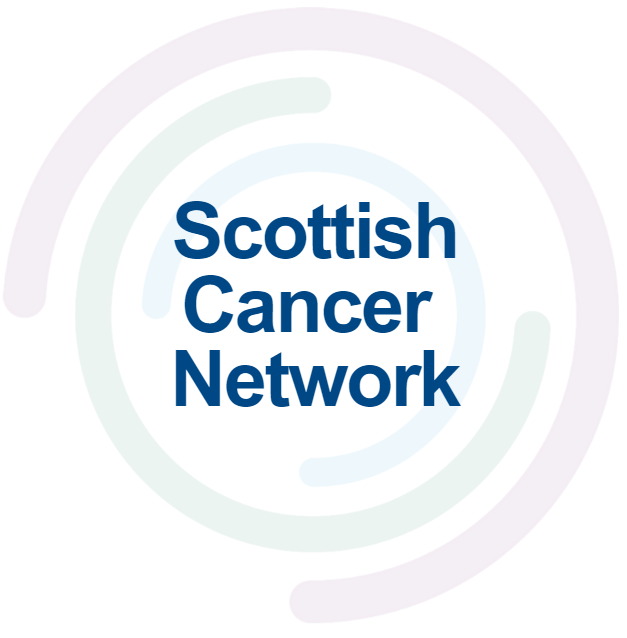Dose-dense is the recommended default approach for adjuvant chemotherapy in patients with high-risk early breast cancer.
Treatment decisions around dose intensity should be based on shared decision-making following assessment of risk of recurrence and taking account of patient fitness, comorbidities and individual preferences.
Evidence Statements
- An individual participant data (IPD) meta-analysis examined the effect of increasing chemotherapy dose intensity on recurrence risk and survival in women with high-risk early breast cancer.1 Included studies were subdivided by the method of dose intensification. Trial participants were treated between 1985 and 2011 so, in the majority of trials, targeted therapies, e.g. for HER2 positive or ER+ patients, were not routinely used. Few women (<2%) included in the relevant trials were aged 70 or older.
- A subanalysis within the meta-analysis brought together eight trials (IPD data available for seven, n=10,004) of increasing dose intensity by reducing the time interval between cycles whilst keeping the drugs, doses and number of cycles the same. Recurrence was lower in the dose-dense group (rate ratio (RR) =0.83, 95% CI 0.76 to 0.91, p<0.0001) as was breast cancer mortality (RR=0.86, 95% CI 0.77 to 0.96, p=0.005). This benefit was seen without evidence of statistically significant impact on death without recurrence (RR=0.96, 95% CI 0.76 to 1.20, p>0.1).
- In subgroup analyses tumour grade, nodal status and hormone receptor status did not statistically affect the proportional reductions in recurrence. The HER2 status was known for 70% of the study population, of which 20.8% were HER2 positive. There was wide uncertainty around the estimate of effect in the HER2 positive subgroup although Chi-squared testing indicated statistical homogeneity in intervention effect across the HER2 positive and HER2 negative groups.
- There were only minor differences in toxicities between dose-dense and standard chemotherapies. In four trials there were higher rates of anaemia and stomatitis in the dose-dense chemotherapy arm compared with control. Diarrhoea and vomiting symptoms at grade 3 or above (variously categorised across trials) were also experienced by a higher proportion of study participants receiving dose-dense chemotherapy in two and four trials respectively.
- Data from two trials indicated that quality of life was worse during treatment with dose-intense therapy but was similar in both treatment arms when measured after the end of the treatment phase.
- In five trials where data were available, there was no statistically significant difference in the proportion of patients not completing all cycles of chemotherapy: 12.3% (dose dense group) vs 12.8% (standard chemo group), RR=0.96, 95% CI 0.84 to 1.09, p>0.1.
- In the context of NHS Scotland high-risk early breast cancer is defined as where chemotherapy provides >5% additional 10-year survival benefit according to PREDICT or using similar criteria.
- In regard to the size of predicted benefit from dose dense adjuvant chemotherapy the authors of the meta-analysis note that “…this reduction is only moderate but since the standard chemotherapy comparator is already known to reduce the risk of breast cancer death by about a third,2 preventing a further 10–15% of deaths would imply that, compared to no chemotherapy, dose-intense adjuvant chemotherapy schedules with anthracycline and taxane could prevent about 40% of deaths from breast cancer during the first decade.”
References
- Gray R, Bradley R, Braybrooke J, Liu Z, Peto R, Davies L, Dodwell D, McGale P, Pan H, Taylor C, Barlow W. Increasing the dose intensity of chemotherapy by more frequent administration or sequential scheduling: a patient-level meta-analysis of 37,298 women with early breast cancer in 26 randomised trials. The Lancet. 2019; 393(10179):1440-52.
- Early Breast Cancer Trialists’ Collaborative Group. Comparisons between different polychemotherapy regimens for early breast cancer: meta-analyses of long-term outcome among 100,000 women in 123 randomised trials. Lancet 2012; 379: 432–44
